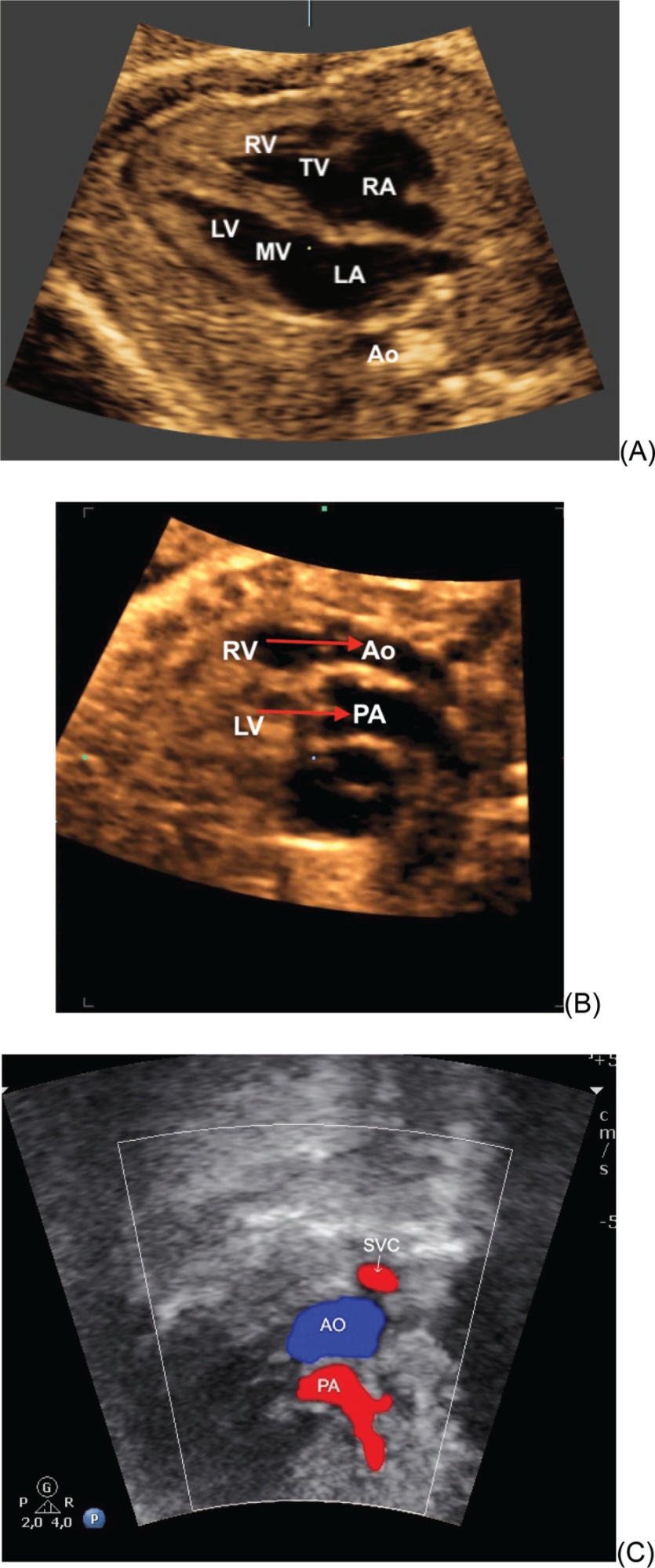-
Editorial
RBGO – First Impact Factor: 1.2
Revista Brasileira de Ginecologia e Obstetrícia. 2023;45(7):369-370
09-08-2023
Summary
EditorialRBGO – First Impact Factor: 1.2
Revista Brasileira de Ginecologia e Obstetrícia. 2023;45(7):369-370
09-08-2023Views86RBGO – Revista Brasileira de Ginecologia e Obstetrícia is proud to announce the achievement of its first Impact Factor. This accomplishment supports RBGO’s position as the leading Gynecology and Obstetrics journal in Latin America. Having a high-quality ObGyn journal published in Brazil has been the goal of Brazilian researchers so that the high-quality science produced […]See more -
Editorial
Racism as a Social Determinant of Health in Brazil in the COVID-19 Pandemic and Beyond
Revista Brasileira de Ginecologia e Obstetrícia. 2023;45(5):221-224
08-07-2023
Summary
EditorialRacism as a Social Determinant of Health in Brazil in the COVID-19 Pandemic and Beyond
Revista Brasileira de Ginecologia e Obstetrícia. 2023;45(5):221-224
08-07-2023Views113The World Health Organization (WHO) defines disparity as the unnecessary, avoidable, and unfair treatment of two groups based on identified differences. Racial disparities refer to the different treatment of distinct subgroups of people based on differences without any scientifically proven biological reason. Growing evidence indicates that ethnic and racial disparities permeate health-related issues, and structural […]See more -
Editorial
Placenta Accreta Spectrum Disorders: Current Recommendations from the Perspective of Antenatal Imaging
Revista Brasileira de Ginecologia e Obstetrícia. 2023;45(6):297-302
08-04-2023
Summary
EditorialPlacenta Accreta Spectrum Disorders: Current Recommendations from the Perspective of Antenatal Imaging
Revista Brasileira de Ginecologia e Obstetrícia. 2023;45(6):297-302
08-04-2023Views109The Burden of a Previous Uterine Scar Cesarean section (CS) is the most commonly performed surgical procedure in the United States (more than a million surgeries per year) and one of the most frequently performed procedures worldwide. Although CS is a potentially life-saving procedure when correctly indicated, its worldwide use has steadily increased over the […]See more -
Editorial
Second Trimester Fetal Cardiac Screening – Current Opinion
Revista Brasileira de Ginecologia e Obstetrícia. 2023;45(2):055-058
07-10-2023
Summary
EditorialSecond Trimester Fetal Cardiac Screening – Current Opinion
Revista Brasileira de Ginecologia e Obstetrícia. 2023;45(2):055-058
07-10-2023Views102Congenital malformations are a major cause of miscarriage, perinatal mortality, prematurity, childhood death and disability worldwide. The well-being of each affected child with a birth defect depends primarily on which organ or body part is affected and how severely. The World Health Organization (WHO) estimates that approximately 295,000 newborns die each year as a result […]See more
-
Editorial
Increase in cesarean sections in Brazil – a call to reflection
Revista Brasileira de Ginecologia e Obstetrícia. 2023;45(3):109-112
07-10-2023
Summary
EditorialIncrease in cesarean sections in Brazil – a call to reflection
Revista Brasileira de Ginecologia e Obstetrícia. 2023;45(3):109-112
07-10-2023Views117Cesarean rates have increased progressively over the decades in all countries, and a high figure of 56% was reached in Brazil, second only to the Dominican Republic (59%) and well above the average of developing countries. This scenario in our country motivated government and private sector initiatives, among which the Projeto Parto Adequado (“Adequate Childbirth […]See more -
Editorial
Still on the Brazilian Response to the Microcephaly Epidemic: A Meta-analysis of 1,548 Pregnant Women from 13 Cohorts to Evaluate the Risk of Adverse Outcomes
Revista Brasileira de Ginecologia e Obstetrícia. 2023;45(4):169-170
06-30-2023
Summary
EditorialStill on the Brazilian Response to the Microcephaly Epidemic: A Meta-analysis of 1,548 Pregnant Women from 13 Cohorts to Evaluate the Risk of Adverse Outcomes
Revista Brasileira de Ginecologia e Obstetrícia. 2023;45(4):169-170
06-30-2023Views92In 2015, the scientific community was surprised by an epidemic of microcephaly initially identified in some states in northeastern Brazil. The first observations of an unusual increase in the number of cases of microcephaly were made by physicians in their clinical practice. After confirming the occurrence of this new phenomenon, came the challenges in determining […]See more -
Editorial
National Cancer Institute and the 2023 -2025 Estimate – Cancer Incidence in Brazil
Revista Brasileira de Ginecologia e Obstetrícia. 2023;45(1):01-02
04-14-2023
Summary
EditorialNational Cancer Institute and the 2023 -2025 Estimate – Cancer Incidence in Brazil
Revista Brasileira de Ginecologia e Obstetrícia. 2023;45(1):01-02
04-14-2023Views136As part of the celebration of the National Cancer Awareness Day (November 27), the launch of the 2023 estimate of the incidence of cancer in Brazil was on November 23, 2022 at the headquarters of the National Cancer Institute (INCA) in Rio de Janeiro, including the 21 most frequent tumors in the country. The estimate […]See more -
Editorial
The Use of Three-dimensional Printer Molds for Treatment of Vaginal Agenesis
Revista Brasileira de Ginecologia e Obstetrícia. 2022;44(12):1081-1082
03-24-2022
Summary
EditorialThe Use of Three-dimensional Printer Molds for Treatment of Vaginal Agenesis
Revista Brasileira de Ginecologia e Obstetrícia. 2022;44(12):1081-1082
03-24-2022Views73Although rare, vaginal agenesis is a relevant condition for gynecologists, who must be familiar with its current treatment. It results from agenesis of the Mullerian ducts, known as Mayer-Rokitansky-Kuster-Hauser Syndrome (MRKHS), and the incidence is 1:5000 women. In this congenital malformation, genetic alterations affect the development of Mullerian ducts during the embryonic period and there […]See more


